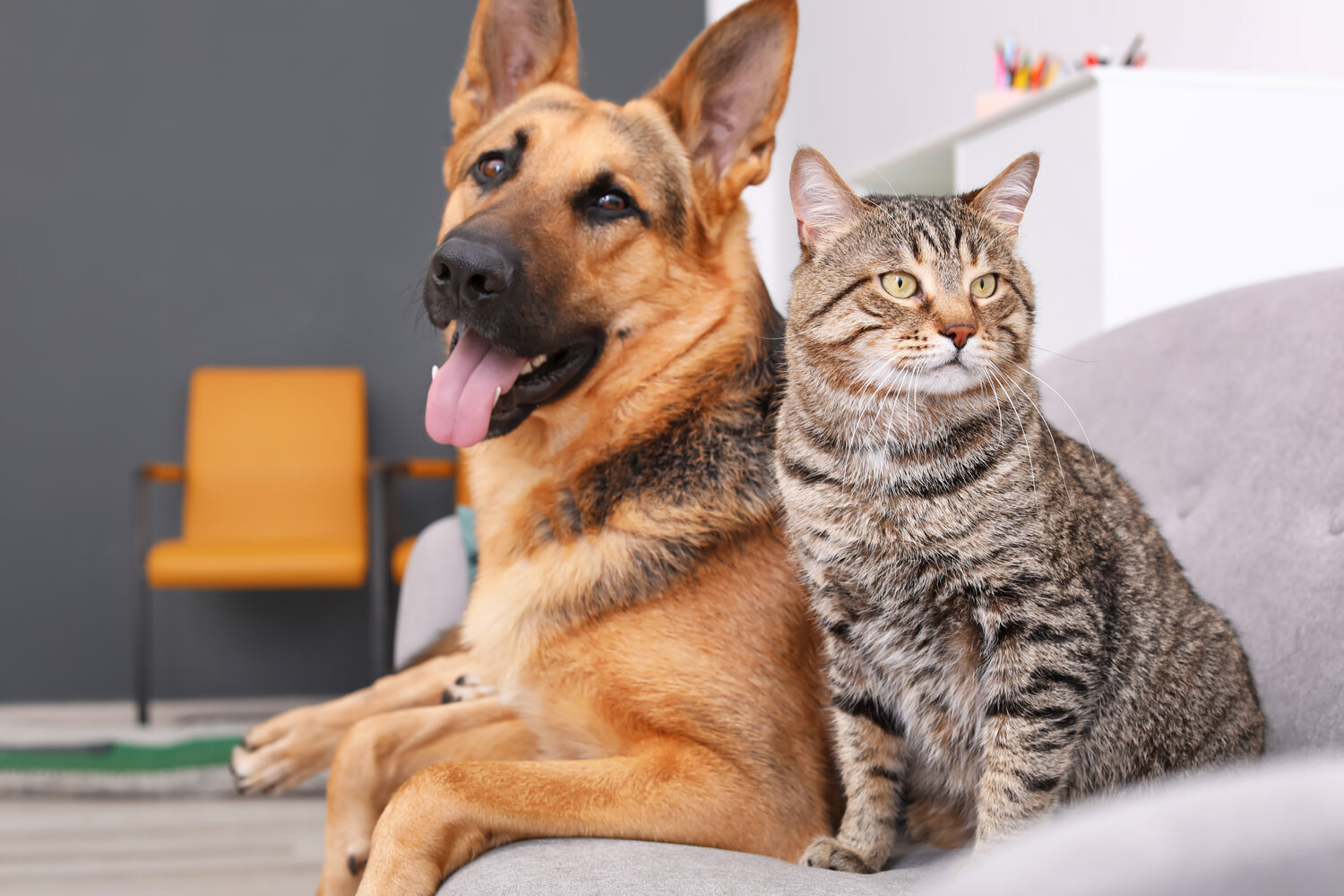Catnip also know as nepeta cataria is a plant that affects cats behavior causing them to exhibit excitement playfulness and relaxation. dogs do not possess the same receptor in their nasal tissue and brain as cats do which are responsible for responding to the active compound in catnip called nepetalactone. therefore catnip is not effective in inducing a similar response in dogs.
That being said there are plants and substances that can elicit a similar reaction in dogs such as. silver vine Actinidia polygama Tatarian honeysuckle lonicera tartaric valerian root anise vanilla. these plant contain compounds that can stimulate dogs senses and induce a response similar to that of catnip in cats. however it’s essential to note that every dog is different and what works one dogs may not work for another.

Introduction
Catnip a member of the mint family has a unique effect on felines but its impact on dogs is minimal. the reason lies in the biology of both species. cats possess a unique organ called the vomeronasal organ (VNO) or Jacobson organ which is sensitive to pheromones and other chemical signals. when cats detect nepetalactone the active compound in catnip it binds to receptor in the VNO triggering a response that includes excitement rolling rubbing and licking.
Dogs on the other hand lack a functional VNO and their olfactory system is attuned to detect different types of scents. while dogs have a highly developed sense of smell their nasal tissue and brain are not wired to wired to respond to nepetalactone in the same way as cats. some dogs may exhibit a mild response to catnip such as sniffing or curiosity but this is not due to the nepetalactone. instead dogs may be reacting to other compounds in the plant or simply investigating a novel stimulus cats.
Catnip does not have a significant impact on dogs as they lack the necessary receptors to respond to nonelection?
Dogs do not have the same receptor as cats that respond to nepetalactone the active compound in catnip. olfactory system dogs have a different olfactory system than cats. while both have a highly developed sense of small their nasal tissue and brain process scents differently. receptors cats have specific receptors in their nasal tissue and brain called OR51E2and TAAR1 which are responsible for detecting nepetalactone. dogs lack these receptor marking them less sensitive to catnip. binding nepetalactone binds to the OR51E2 receptor in cats triggering a response.
Some dogs may exhibit curiosity or sniffing behavior but this is not a direct response to nepetalactone?
When dogs exhibit mild curiosity or sniffing behavior around catnip it’s not a direct response to nepetalactone the active compound in catnip. novelty dogs are curious and may investigate new sights smells and textures including catnip. other volatile compound catnip contains other volatile compounds besides nepetalactone which may attract dogs attention. visual cues dogs may be interested in the movement or appearance of catnip leaves or stems. olfactory cues while dogs don’t respond to nepetalactone they may detect other scents from the plant such as terpenes or flavonoids.

Some individuals may experience relaxation calmness or sedation from inhaling catnip or its essential oils?
While catnip is most famous for its effect on felines some human may experience relaxation calmness or sedation from inhaling catnip or its essential oils. nepetalactone the primary active compound in catnip which can bind to human olfactory receptors potentially leading to relaxation and calmness. volatile oils catnip contain other volatile oils like limonene and pinene which may contribute to its calming effects. terpenes catnip contain various terpenes such as beta-caryophyllene which may interact with the human endocannabinoid system promoting relaxation.
Others may experience euphoria altered perception or dizziness?
Yes some individuals may experience more intense effect from catnip including. euphoria a feeling of intense happiness or excitement which may be related to the release of dopamine and other neurotransmitters. altered perception changes in sensory perception such as altered visual or auditory processing.
Which may be related to the binding of nepetalactone to cannabinoid receptors. dizziness or lightheadedness a feeling of disorientation or loss of balance which may be due to the effects of nepetalactone on the brain vestibular system. remember catnip can interact which certain medications or worsen specific health conditions so consult a healthcare professional before using it for recreational or therapeutic purposes.
Effects on people are not well-studied and can vary widely?
The effects of catnip on human are not well-studied and the existing research is largely anecdotal or based on small-scale studies. as a result the effects of catnip on people can vary widely and more research is needed to fully understand its impact on human physiology and psychology. individual tolerance regular exposure to catnip can lead to tolerance reducing its effects. method of consumption smoking vaping ingesting or inhaling catnip can lead to different effects due to varying rates of absorption and peak levels of nepetalactone. the amount of catnip consumed can impact the intensity of the effects.

Catnip can interact with certain medications and worsen health conditions in humans?
Yes catnip can interact with certain medications and worsen specific health conditions in humans. while catnip is generally considered in safe its active compound nepetalactone can interact with various medications and exacerbate certain health conditions including. sedatives and antidepressants nepetalactone can enhance the effect of sedatives and antidepressants leading to increased drowsiness or serotonin syndrome. anti-anxiety medications catnip can interact with benzodiazepines and other anti-anxiety medications increasing the risk of adverse effects.
Conclusion
Catnip does not have not a significant impact on dogs. while dogs may exhibit some mild curiosity or sniffing behavior around catnip this is not a direct response to nepetalactone the specific active compound in catnip. dogs lack the specific receptors in their nasal tissue and brain that cats possess which are responsible for detecting nepetalactone and triggering a response. dogs may be reacting to other aspects of the plant such as its novel smell or texture.

Some dogs may even be indifferent to catnip altogether. if you looking for ways to stimulate your dogs senses consider other plants or substances that interact with their olfactory system such as silver vine or Tatarian honeysuckle. these plants contain compounds that can stimulate dogs senses and induce a playful or curious response.
